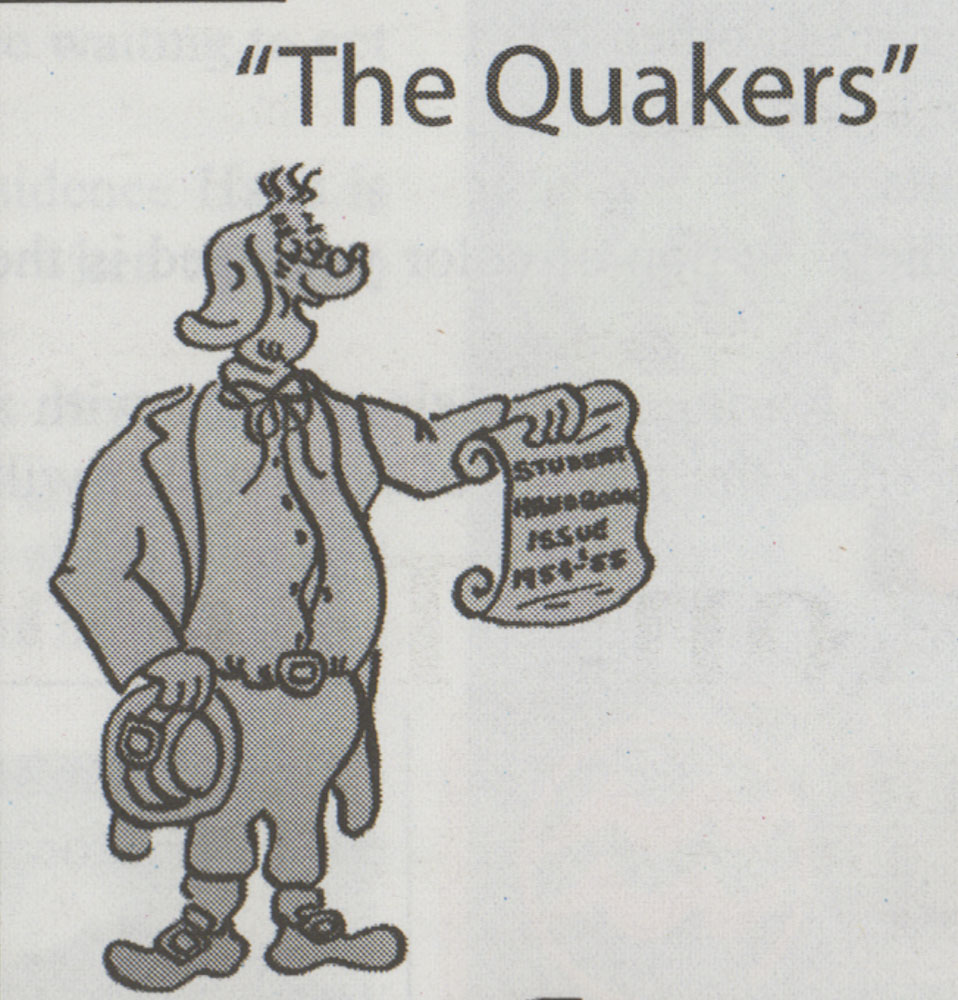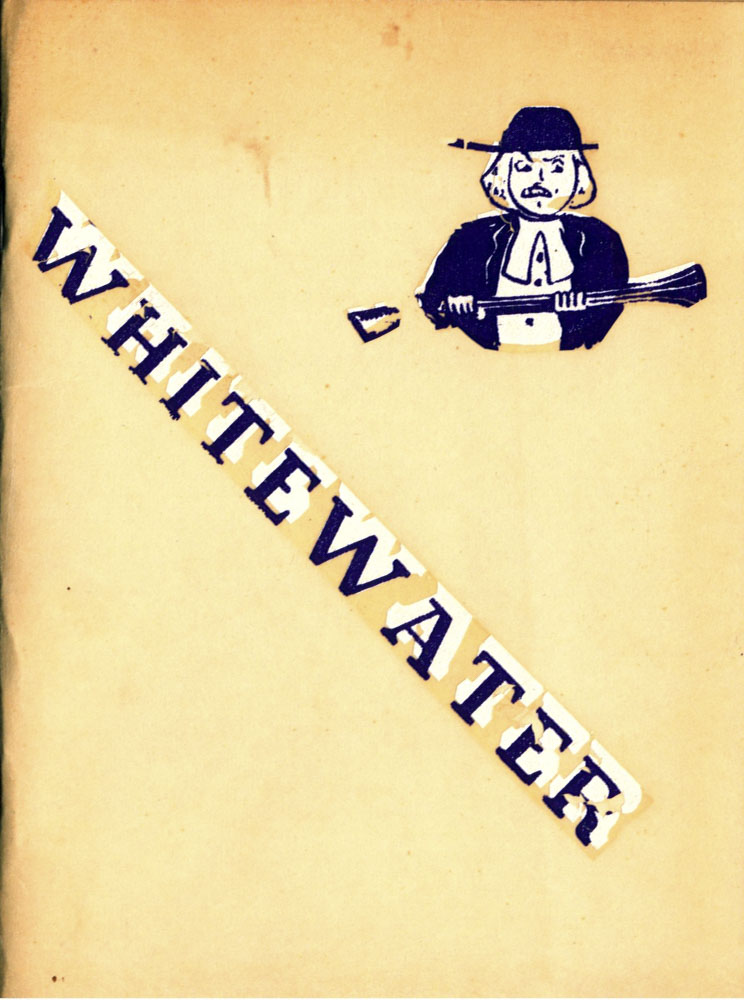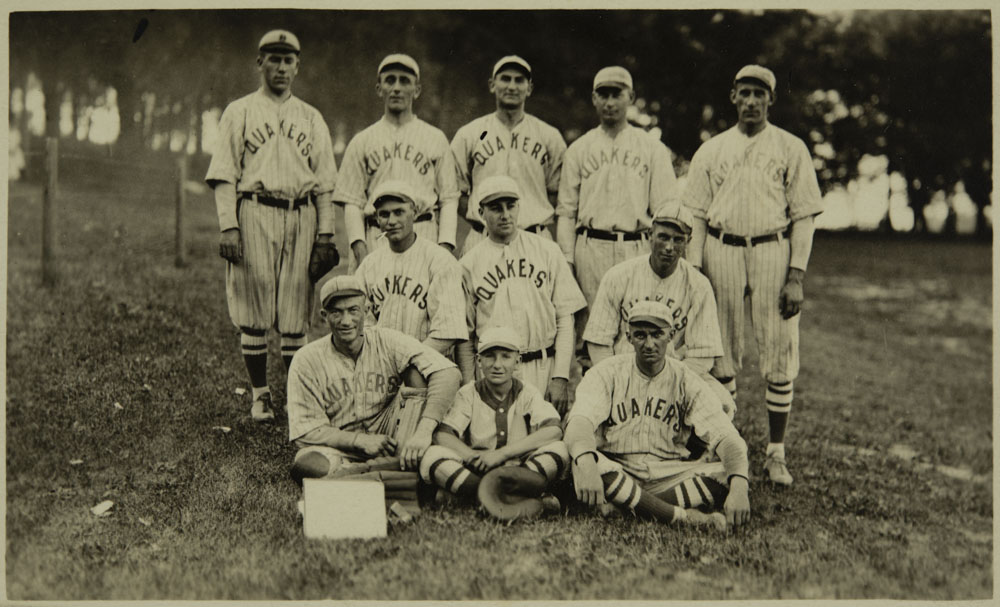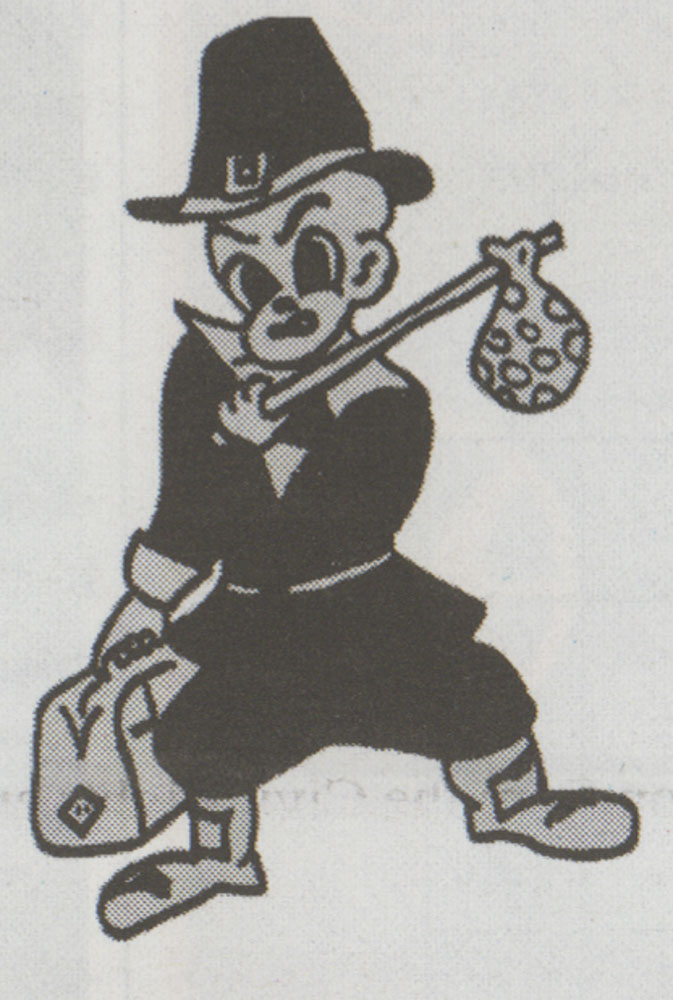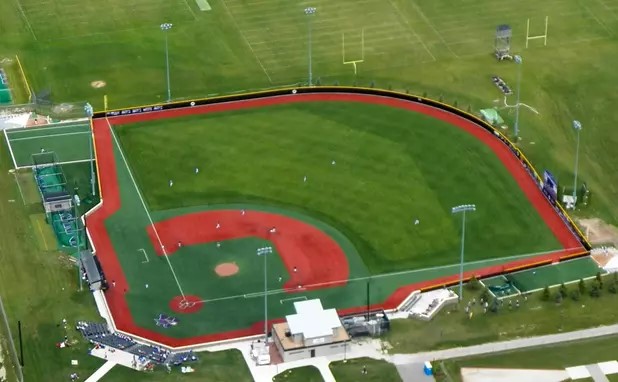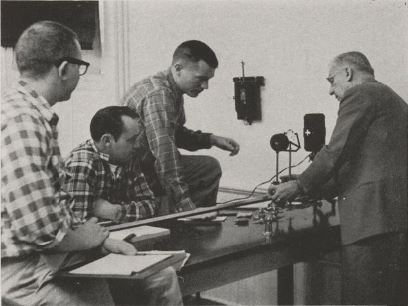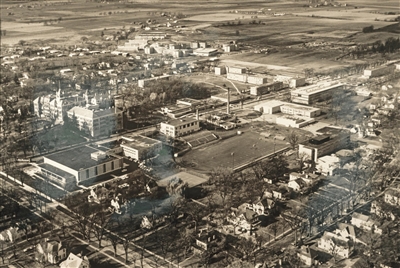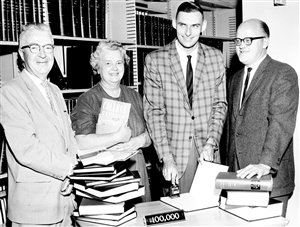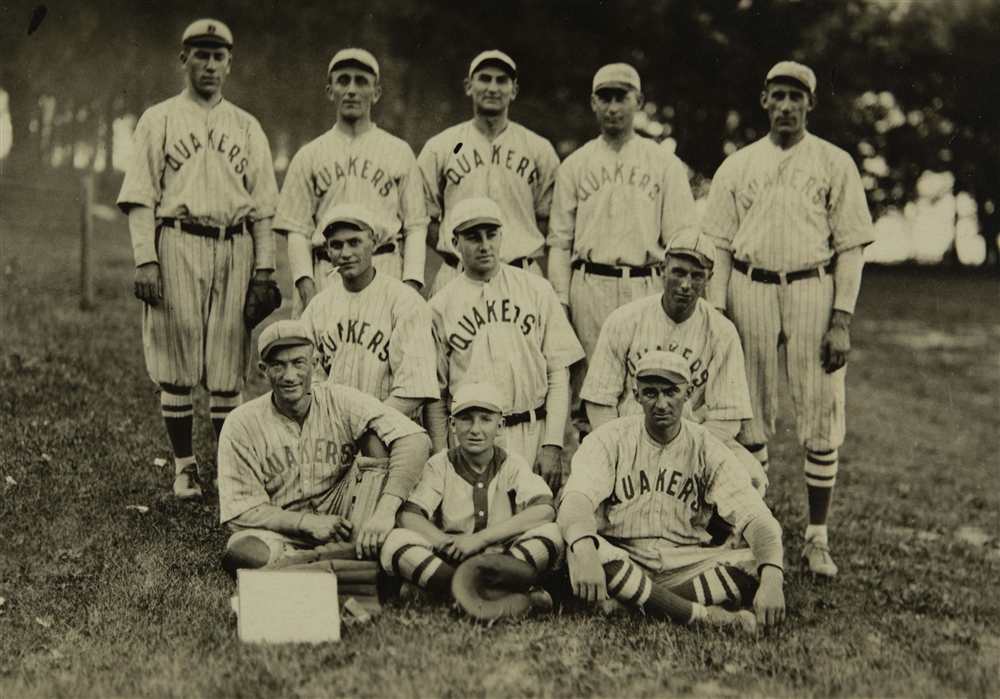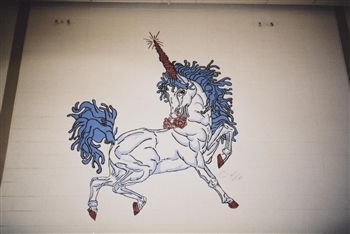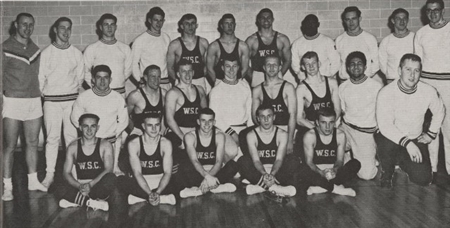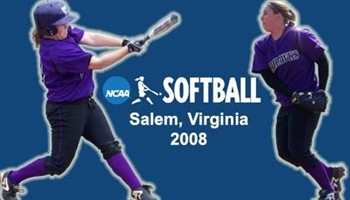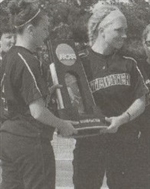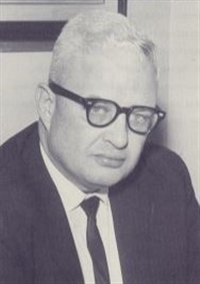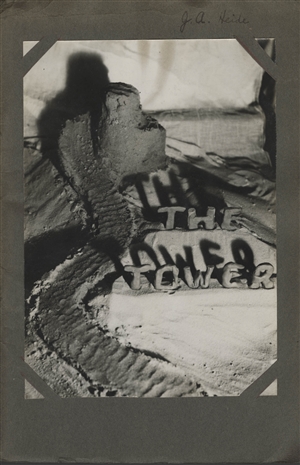Written by Jacob Ober
As we start Homecoming Week, let’s look back at how the campus celebrated 50 years ago. The theme for 1974’s homecoming was “New Images,” reflecting the university’s changing nature as it welcomed a new chancellor, increased enrollment, and a championship football team.[1] The festivities at Homecoming ’74 were highlighted by the nationally renowned jazz-rock band Blood, Sweat and Tears making an appearance on Thursday night, performing hit songs such as “You Make Me So Very Happy” and “Spinning Wheel,”[2] both of which peaked at #2 on the Billboard Hot 100 in 1969,[3] as well as songs off their new album “Mirror Images,” reflecting the “new images” theme of homecoming. Soft-rock band Heartsfield also made an appearance, providing a mellow contrast to the more upbeat style of Blood, Sweat & Tears.
The Homecoming Parade kicked off Saturday’s festivities. The organizing committee thought it to be the largest Homecoming Parade to date. [4] The UW-Whitewater football team took the field that afternoon, facing off against UW-River Falls at Warhawk (Perkins) Stadium. The result was a resounding 28-14 victory, highlighted by wide receiver Roger Gename’s 11 receptions, setting a new school record at the time.[5]
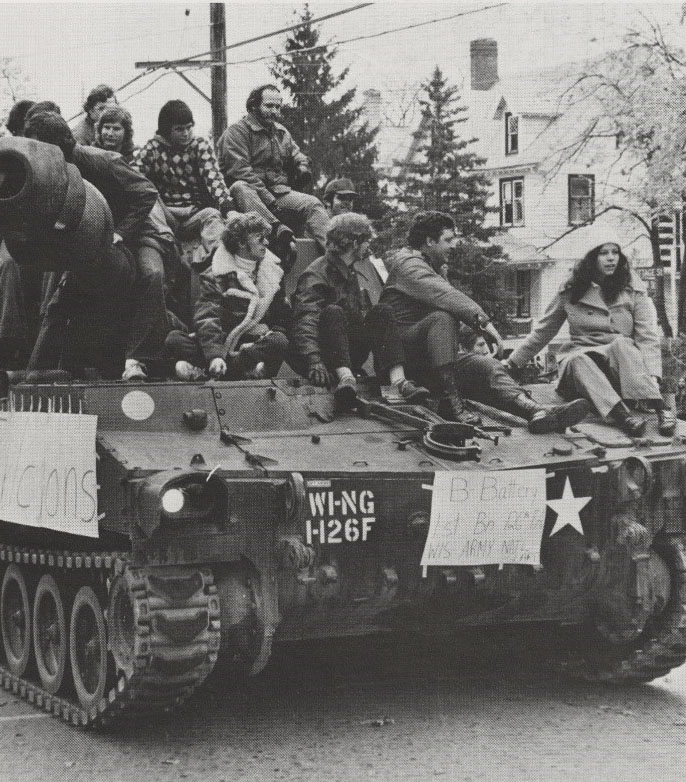
Other festivities throughout the week included a bonfire, bed rally, a dance, and the annual “Yell Like Hell” contest.[7] In congruence with the official homecoming celebrations, the sorority Sigma Gamma Rho sponsored the annual “Black Homecoming” that featured a dance in the Badger Commons on Saturday. Karen Jarrart, basileus of the Sigma Gamma Rho chapter in Whitewater, was quoted as saying that she “hopes everyone will attend the homecoming because this will benefit future events for all black students.”[8]
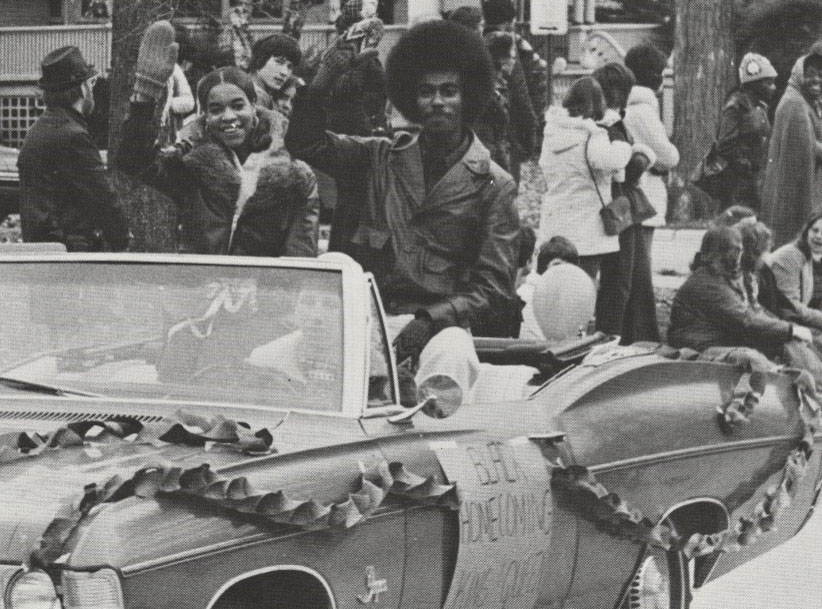
By all accounts, Homecoming ’74 at UW-Whitewater proved to be a big success. Students expressed positive sentiments about the celebrations, and in the spirit of “New Images,” Homecoming ’74 “offered an image that reflected the varied interests and contrasts of the student body.”[10]
[1] 1975 Minneiska, UW Whitewater Archives and Area Research Center, 30.
[2] Ibid, 32.
[3] Billboard Hot 100 (The week of April 12th, 1969) and Billboard Hot 100 (The week of July 19th, 1969). https://www.billboard.com/charts/hot-100/1969-04-12/ and https://www.billboard.com/charts/hot-100/1969-07-19/
[4] “Homecoming Festivities Set,” Royal Purple, October 2, 1974, https://www.jstor.org/stable/community.33158398
[5] Gary D’Amato, “Aerials teach Falcons,” Royal Purple, October 23, 1974, https://www.jstor.org/stable/community.33158401
[6] 1975 Minneiska, 32.
[7] “Homecoming ’74: New Images, Schedule of Events,” Royal Purple , October 16, 1974, https://www.jstor.org/stable/community.33158400
[8] “Annual Homecoming ‘set’ by organization,” The Royal Purple, October 16, 1974, https://www.jstor.org/stable/community.33158400
[9] 1975 Minneiksa, 32.
[10] Ibid, 32.

